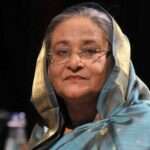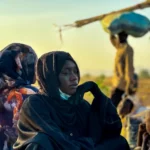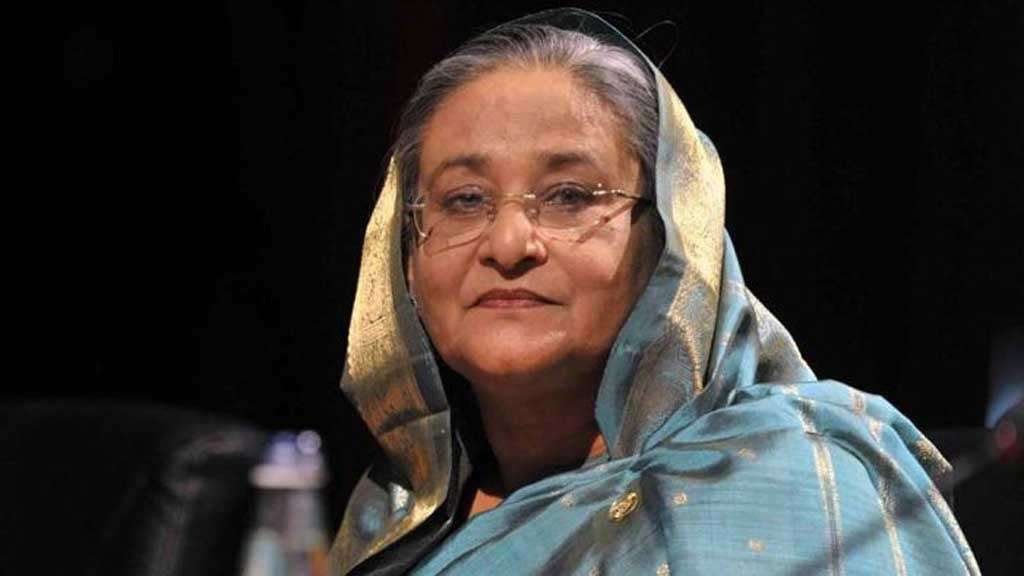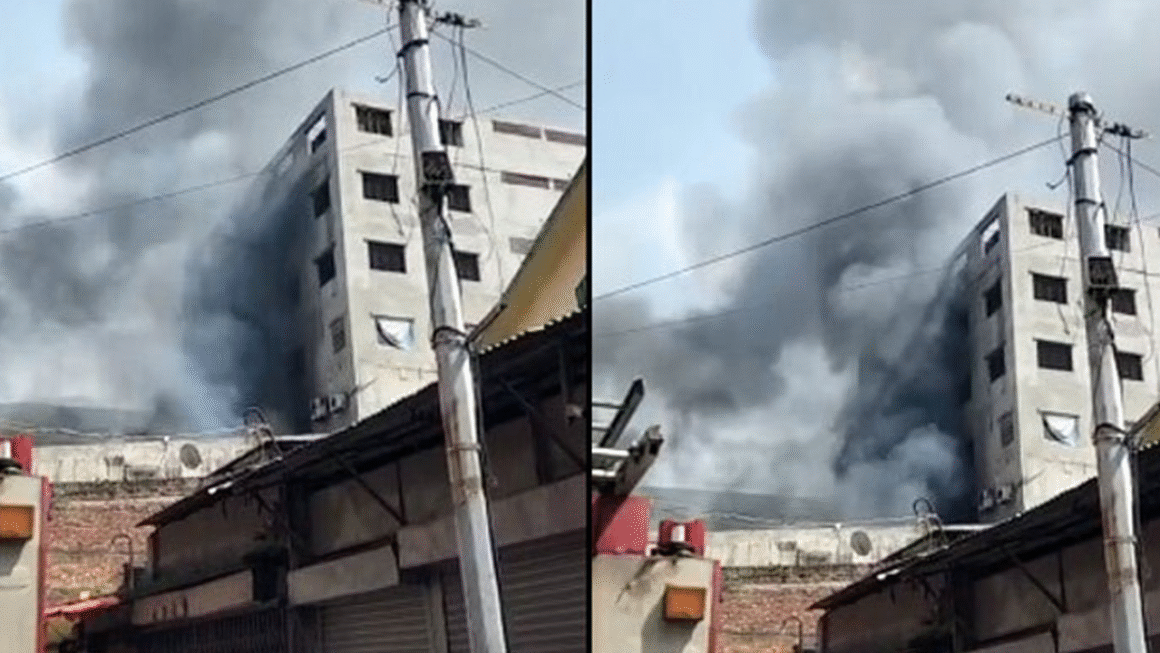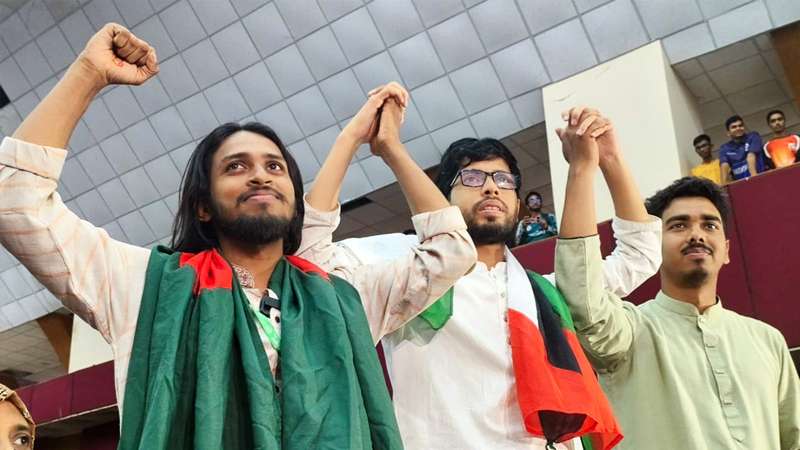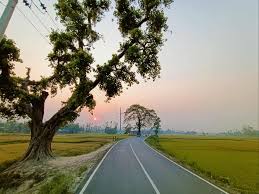 0verview of Gaibandha District-
0verview of Gaibandha District-
Gaibandha District is one of the prominent districts in the northern part of Bangladesh, situated in the Rangpur Division. Known for its fertile lands, historical richness, and cultural depth, Gaibandha plays a significant role in the agriculture-based economy of the country. The district is named after the term “Goybandho,” which refers to the ancient act of cattle tying or sheltering (goy = cow, bandho = shelter).
History of Gaibandha District-
The history of Gaibandha District is deeply rooted in ancient and medieval Bengal. Historically, the area was part of the Mithila Kingdom and later ruled by various Hindu and Muslim rulers. In the Mughal period, it became a notable area for administration and agriculture.
During the British colonial period, Gaibandha was part of the larger Rangpur district. It gained recognition as a sub-division in 1875. After the independence of Bangladesh in 1971, Gaibandha was officially declared a district in 1984.
Notable historical landmarks include Raja Birat’s Palace, Mahimaganj Zamindar Bari, and ancient Hindu temples that reflect the district’s multi-religious heritage.
Geography and Location-
Gaibandha District lies between 25°02′ and 25°39′ north latitudes and between 89°11′ and 89°46′ east longitudes. It is bordered by Kurigram and Rangpur to the north, Bogura to the south, Jamalpur to the southeast, and Dinajpur and Joypurhat to the west.
The district is crisscrossed by major rivers including the Jamuna (Brahmaputra), Teesta, Karatoa, and Ghaghat, which significantly shape its geography and contribute to its agricultural productivity.
Administration and Subdivisions-
Gaibandha is administratively divided into 7 upazilas (sub-districts):
- Gaibandha Sadar
- Sundarganj
- Gobindaganj
- Palashbari
- Saghata
- Sadullapur
- Fulchhari
Each upazila is further divided into unions, municipalities, and villages. Gaibandha Sadar serves as the district headquarters and central administrative hub.
Demographics-
According to the 2022 Bangladesh Population and Housing Census, Gaibandha District has a population of approximately 2.6 million. The majority of the population is Muslim, followed by Hindu and small indigenous communities such as the Santal and Oraon tribes.
The literacy rate in the district is improving, currently estimated at around 65%, thanks to the presence of numerous educational institutions and NGOs.
Economy and Livelihood-
The economy of Gaibandha is predominantly agricultural. The fertile floodplain of the Jamuna and Teesta rivers enables farmers to grow rice, wheat, jute, maize, vegetables, and sugarcane. In recent years, the district has witnessed growth in fisheries, livestock, and poultry farming.
Key economic features include:
- Rice Mills and Jute Mills
- Weekly haats (markets) in rural areas
- NGO-driven microfinance and small business support
- Handicrafts by rural women
Tourism is slowly gaining momentum due to the district’s historical sites and natural beauty.
Education in Gaibandha-
Gaibandha has a mix of government and private schools, colleges, madrasas, and vocational institutions. Notable educational institutions include:
- Gaibandha Government College
- Gaibandha Government Girls’ High School
- Gaibandha Technical School and College
- Sundarganj Degree College
Several NGOs like BRAC and UCEP also run non-formal education programs targeting disadvantaged communities.
Healthcare Facilities-
Healthcare in Gaibandha is served through:
- Gaibandha District Hospital
- Upazila Health Complexes in each upazila
- Community Clinics and Union Health Centers
- NGO-run and private clinics
Although facilities are present, many rural areas still struggle with access to specialized healthcare services.
Culture and Festivals-
Gaibandha District is rich in cultural diversity, with its roots in Bengali traditions and indigenous practices. Major cultural elements include:
- Folk songs like Bhatiali, Bhawaiya
- Traditional Jatra (folk theatre)
- Religious festivals such as Eid, Durga Puja, Rath Yatra
- Harvest festivals like Nabanna and Pahela Baishakh
The indigenous communities contribute with their unique dances, music, and festivals, especially during their traditional religious occasions.
Tourist Attractions in Gaibandha-
Although Gaibandha is not a mainstream tourist destination, it offers several attractions for those interested in nature, history, and local culture.
- Raja Birat’s Palace – Believed to be from the Mahabharata era.
- Balashi Ghat – A scenic river port and launch terminal.
- Katabari Mosque – A historic mosque reflecting Mughal architecture.
- Teesta Barrage Area – Offers beautiful river views and picnic spots.
- Santal Villages – Experience indigenous culture and handicrafts.
- Mahimaganj Zamindar Bari – A reflection of colonial-era aristocracy.
Tourism initiatives are being slowly developed, and the hospitality sector is in its early stages with a few decent hotels and guesthouses.
Transportation and Communication-
Gaibandha is well-connected by road, rail, and river transport systems:
- Road: Gaibandha has direct bus services to Dhaka, Bogura, Rangpur, and other districts.
- Rail: The district has railway stations including Gaibandha, Bonarpara, and Bamandanga.
- River: Historically significant river routes like Balashi Ghat have decreased in use but still function for local transport.
Mobile connectivity is strong, and major telecom providers ensure 4G coverage. Internet usage is increasing rapidly, especially among the youth.
Notable Personalities from Gaibandha-
Several distinguished figures have hailed from Gaibandha:
- Abdur Rashid Tarkabagish – A renowned politician and social activist.
- Dr. Md. Wazed Miah – Nuclear scientist and husband of Prime Minister Sheikh Hasina, was born in Rangpur but had family roots in the region.
- Zahid Ahsan Russel – A contemporary politician with influence in the area.
Environmental Challenges-
Gaibandha is one of the districts frequently affected by floods due to the overflow of the Teesta and Jamuna rivers. These floods cause displacement, crop damage, and infrastructural issues.
NGOs and government efforts aim to improve disaster preparedness, embankment construction, and river dredging to reduce the damage.
Future Prospects-
With increasing investment in agriculture, education, and rural development, Gaibandha District is on a path to progress. If proper infrastructure is developed and tourism is promoted, the district has the potential to become a key contributor to the region’s economy.
Gaibandha District at a Glance-
| Feature | Information |
|---|---|
| Division | Rangpur |
| Area | 2,179.27 sq km |
| Population | ~2.6 million |
| Literacy Rate | 65% (approx.) |
| Major Rivers | Jamuna, Teesta, Karatoa, Ghaghat |
| Number of Upazilas | 7 |
| Main Crops | Rice, Wheat, Jute, Maize |
| Time Zone | BST (UTC+6) |
| Postal Code | 5700 (Gaibandha Sadar) |
Best Time to Visit Gaibandha District-
The best time to visit Gaibandha District is during the winter season, from November to February. This period offers pleasant weather, ideal for sightseeing and travel. The cooler temperatures and dry climate make it easier to explore rural areas, archaeological sites, and river banks comfortably.
Avoid visiting during the monsoon season (June to September) as the region is prone to flooding due to the rivers, which can disrupt transportation and travel plans. However, if you’re interested in the raw beauty of riverine Bangladesh and rural resilience, even the monsoon has a unique charm in Gaibandha.
Conclusion-
Gaibandha District stands as a beautiful blend of history, nature, and culture in northern Bangladesh. Though it remains under the radar of mainstream tourism, its rural charm, historical landmarks, and warm-hearted people make it a hidden gem for explorers. From the legacy of Raja Birat to the vibrant life along the banks of the Teesta and Jamuna rivers, Gaibandha offers a peaceful and enriching experience.
Whether you’re an adventurer seeking offbeat destinations, a researcher tracing ancient history, or a traveler wishing to witness authentic village life in Bangladesh, Gaibandha District promises memorable experiences. With the right development in infrastructure and promotion, Gaibandha has great potential to become a significant cultural and eco-tourism spot in the country.
FAQs About Gaibandha District-
What is Gaibandha District famous for?
Gaibandha is famous for its agricultural productivity, historical landmarks like Raja Birat’s Palace, and the cultural diversity of its indigenous communities.
Which rivers flow through Gaibandha District?
The major rivers flowing through Gaibandha include the Jamuna (Brahmaputra), Teesta, Karatoa, and Ghaghat rivers.
How many upazilas are there in Gaibandha?
There are 7 upazilas in Gaibandha District: Gaibandha Sadar, Sundarganj, Gobindaganj, Palashbari, Saghata, Sadullapur, and Fulchhari.
Is Gaibandha a good place to visit?
Yes, especially for those interested in rural tourism, historical sites, and experiencing indigenous culture. Sites like Balashi Ghat and Mahimaganj Zamindar Bari are notable.
What is the main economic activity in Gaibandha?
The economy of Gaibandha District is primarily based on agriculture, including rice farming, jute production, and fisheries.
How to reach Gaibandha from Dhaka?
Gaibandha can be reached from Dhaka by road via highway buses or by train. The journey takes approximately 6-8 hours depending on the mode of transport.

